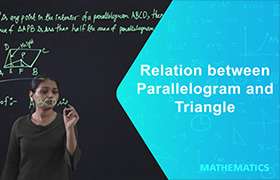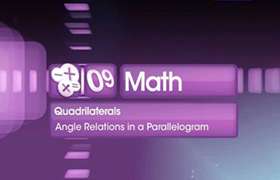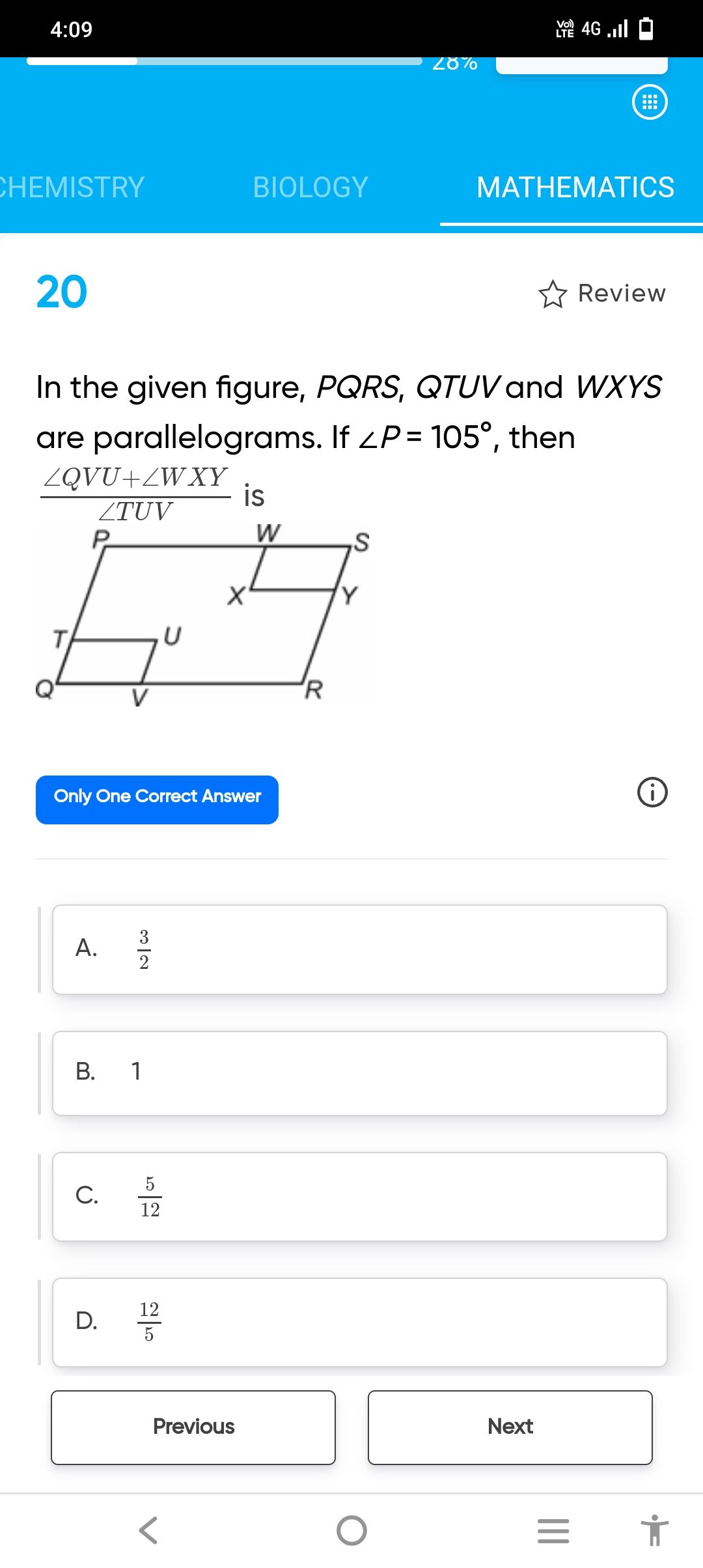CBSE Class 9 Answered
Draw a quadrilateral ABCD.
Mark the mid points P,Q,R and S as given in the question.
Now,
PS is parallel to and half of BD.
Simly, QR is parallel to and half of BD.
So, PS=QR
Thus, PQRS is a parallelogram ( one pair of oposite sides is parallel and equal)
Remember that diagonals of a rhombus bisect each other at right angles?
So,angle AOB is 90 degrees.
Mark the intersection of PS with AC as H and PQ with BD as G.
PS is parallel to BD , so PH is parallel to GO.
Also,
PQ is parallel to AC, so PG is parallel to HO.
So, PGOH is a parallelogram (both pairs of opposite sides are parallel)
angle O is a right angle(proved before)
So , angle HPG is also a right angle(opposite angles of a parallelogram are equal)
Thus, PQRS is a parallelogram with one angle as a right angle, so by definition of a rectangle, PQRS becomes a rectangle.












